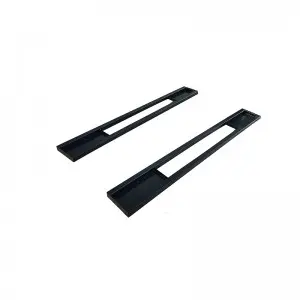
Unleashing the Potential of Cylinder Engines: Why Cylinder Design Matters
Cylinder engines are a crucial component of various automotive and industrial machinery, playing a significant role in powering these devices. The design of cylinder engines can greatly impact their performance, efficiency, and longevity.

Unleashing the Potential of Cylinder Engines: Why Cylinder Design Matters
When it comes to cylinder engines, the number of cylinders can vary greatly depending on the application. Common configurations include inline engines, v-shaped engines, flat engines, and rotary engines. Each configuration offers its own set of advantages and disadvantages, and the choice of configuration often depends on the specific requirements of the application.
One key factor that dictates the performance of a cylinder engine is the design of the cylinders themselves. The diameter, length, and shape of the cylinders can all impact the engine’s power output, fuel efficiency, and overall reliability.

Unleashing the Potential of Cylinder Engines: Why Cylinder Design Matters
The diameter of the cylinders determines the displacement of the engine, which in turn affects its power output. Larger diameter cylinders generally provide greater displacement, resulting in higher power output. However, larger cylinders also tend to weigh more and require more fuel, which can impact fuel efficiency.
The length of the cylinders also plays a role in the engine’s performance. Longer cylinders can improve the torque output of the engine, which is important for applications that require high levels of low-end power. However, longer cylinders can also increase friction and heat generation, which can reduce the engine’s efficiency and longevity.
The shape of the cylinders can also have a significant impact on the engine’s performance. For example, flat engines have a lower center of gravity, which can improve handling and stability in vehicles. V-shaped engines, on the other hand, can provide improved balance and reduced vibrations.
In addition to the physical design of the cylinders, the material used in their construction is also crucial. High-quality materials such as aluminum or iron can improve the durability and reliability of the cylinders, ensuring they can withstand the high temperatures and pressures generated during operation.
Proper maintenance and care are essential for ensuring the longevity of cylinder engines. Regular oil changes, filter replacements, and inspections can help prevent issues such as cylinder wear, corrosion, and overheating. Any signs of abnormal engine behavior, such as loss of power, excessive noise, or smoke emissions, should be addressed promptly to prevent further damage.
In conclusion, the design of cylinder engines plays a significant role in their performance and longevity. By understanding the factors that impact cylinder design, manufacturers and users can make informed decisions to optimize engine performance and efficiency. Proper maintenance and care are also crucial for ensuring the longevity of cylinder engines, allowing them to continue powering a wide range of applications for years to come.Quick Lift
